Tomb of Adham Khan
A mother’s grief in stone and mortar
In the bustling neighbourhood of Mehrauli, Delhi, an intriguing piece of Mughal history draws attention.
Adham Khan’s Tomb, constructed in 1562, represents more than just architectural brilliance – it tells a tale of betrayal, justice, and imperial power during the Mughal Empire.
The dramatic story behind its construction
The story begins with Maham Anga, a wet nurse to Emperor Akbar, whose son Adham Khan served as a general in the Mughal army. Despite the close familial bonds, Adham Khan’s actions led to his downfall. In May 1562, he murdered Ataga Khan, a favourite general of Emperor Akbar. The emperor’s response was swift and decisive – Adham Khan was executed by being thrown from the ramparts of Agra Fort.
In an interesting twist of historical events, Emperor Akbar ordered the construction of this magnificent tomb, demonstrating the complex relationship between justice and family loyalty in the Mughal court.
Architectural features and design elements
The architectural splendour of Adham Khan’s Tomb reflects the prevalent styles of the Lodhi and Sayyid dynasties from the early 14th century. The structure rises majestically from a terrace, enclosed by an octagonal wall with low towers at each corner.
The central chamber features a distinctive dome and follows an octagonal design, a common element in Indo-Islamic architecture. Each side of the tomb contains a verandah with three openings, creating an intricate pattern of light and shadow.
The tomb’s interior holds a fascinating secret – its walls contain numerous passages that have earned it the nickname ‘Bul-bulaiyan’ (labyrinth). These passages, built within the thickness of the walls, create an intricate maze-like structure that adds to the monument’s mystique.
Location and present-day significance
Situated to the south-west of the Qutub Minar, the tomb occupies a prominent position in Mehrauli. The structure rests on the ancient walls of Lal Kot, adding another layer to its historical significance. Its location opposite the Mehrauli bus terminus has made it an integral part of the modern urban landscape.
The Archaeological Survey of India has designated Adham Khan’s Tomb as a protected monument, ensuring its preservation for future generations. This status highlights the structure’s importance in India’s architectural and cultural heritage.
Final thoughts
Adham Khan’s Tomb serves as a remarkable example of Mughal architecture and storytelling through construction. The structure’s unique design elements, combined with its dramatic historical background, make it an essential part of Delhi’s rich cultural tapestry.
While time continues to march forward, this 16th-century monument remains a silent witness to the complex relationships and power dynamics of the Mughal Empire.

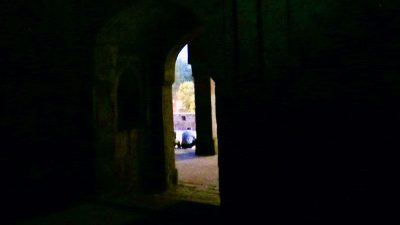
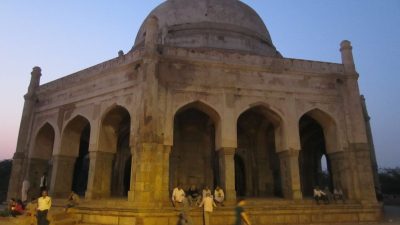
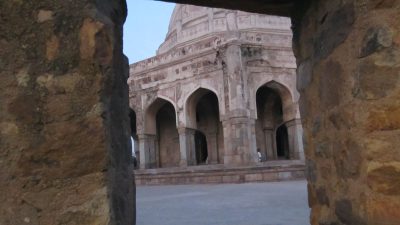

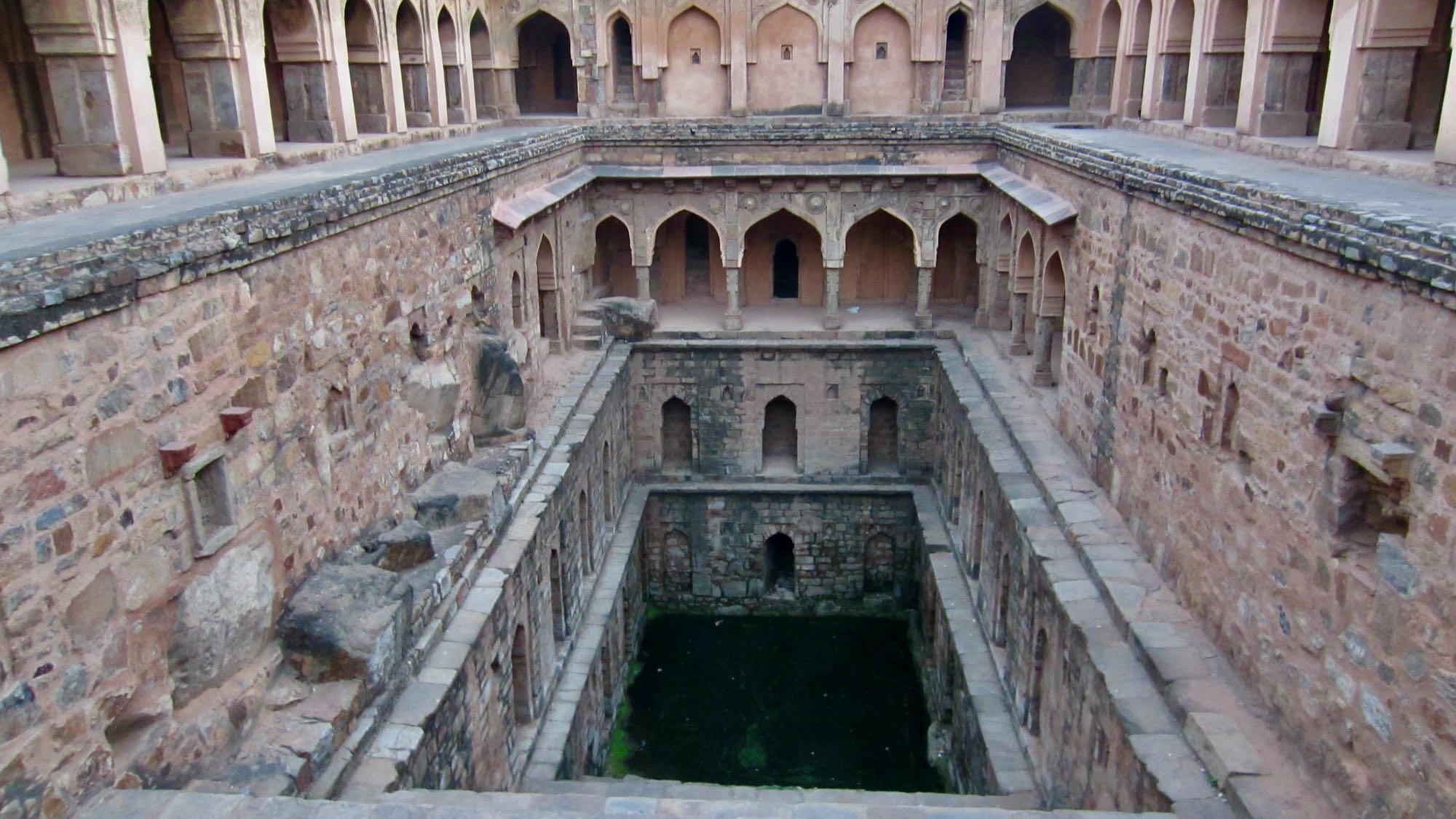

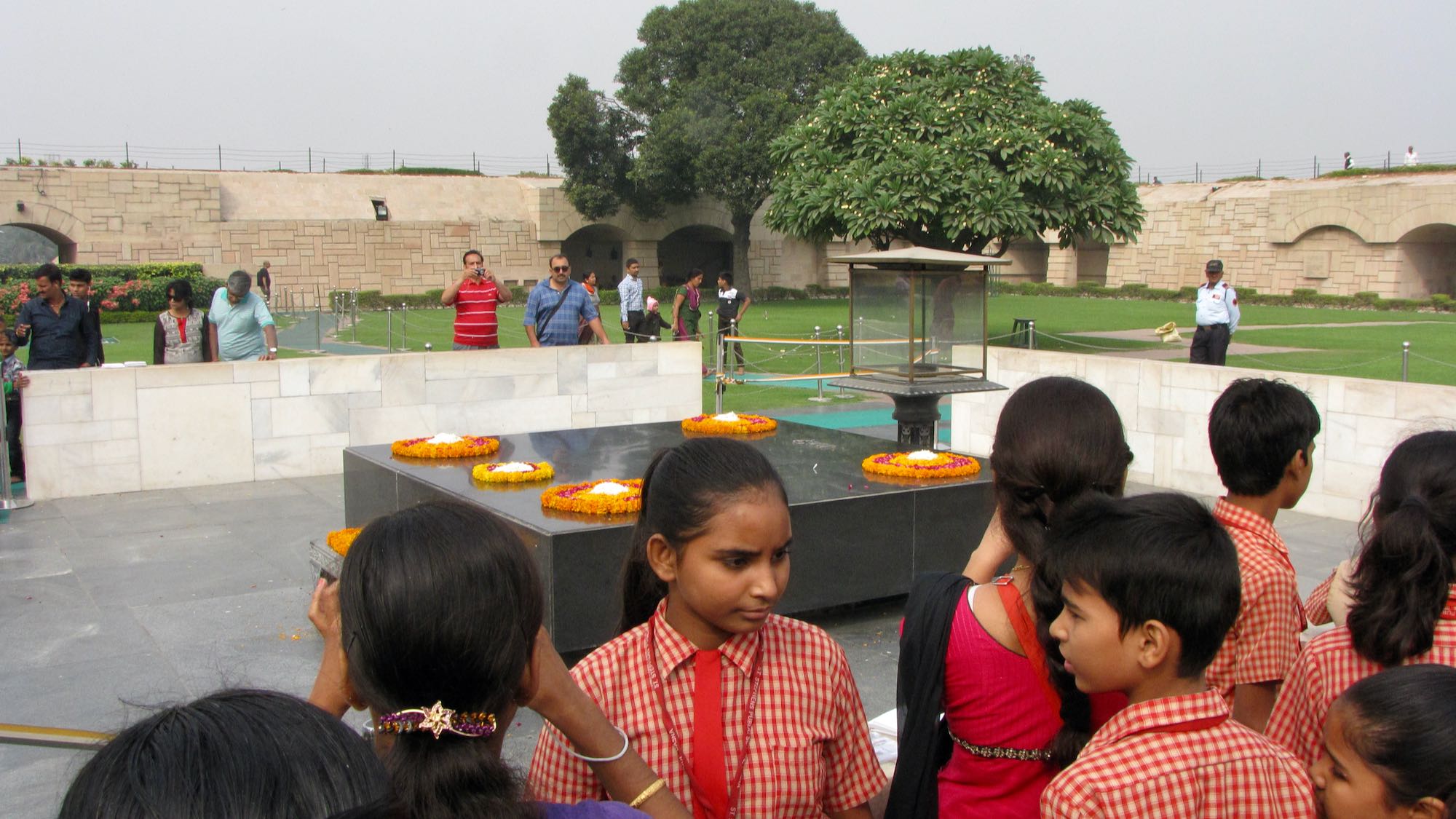
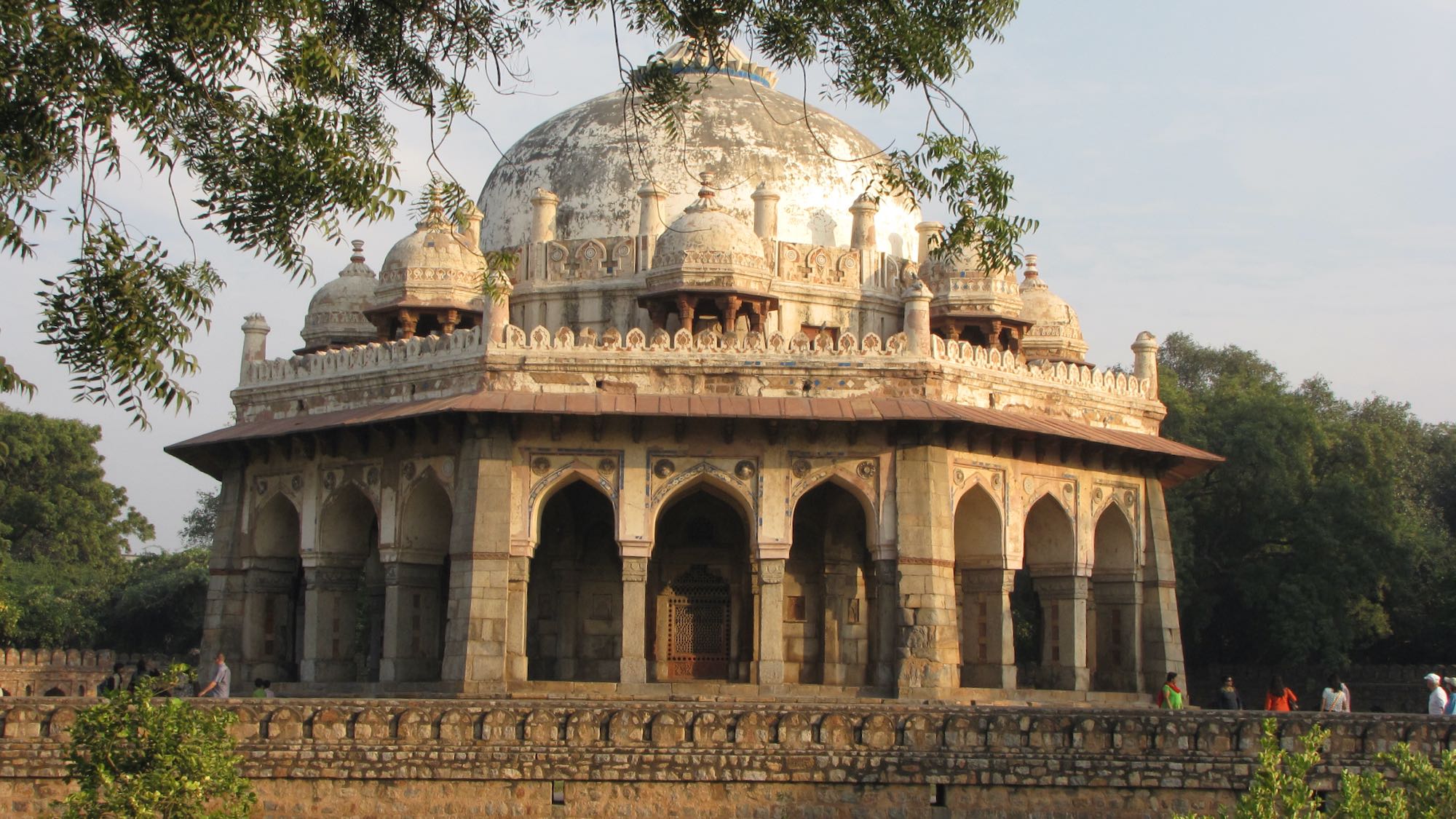

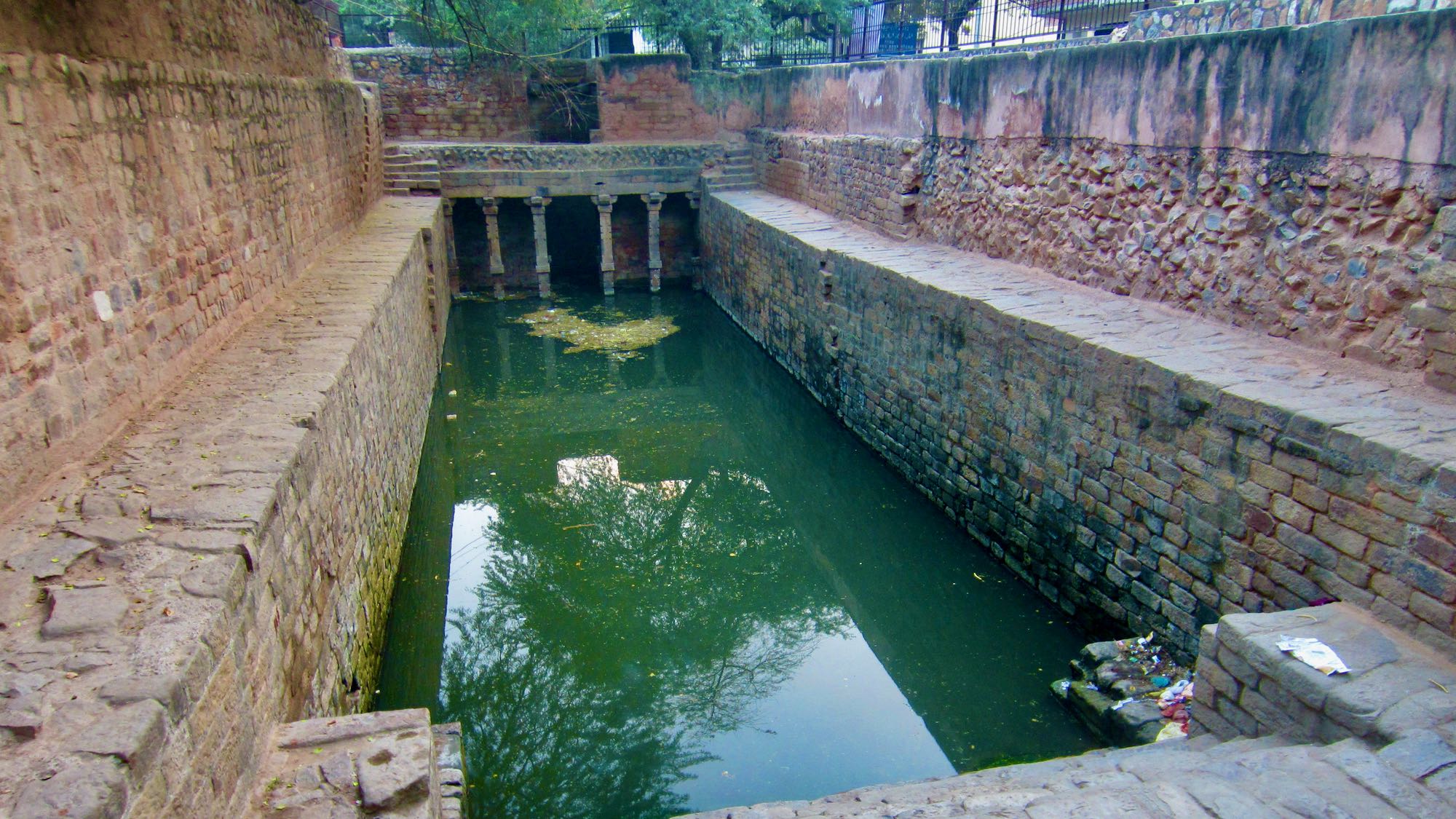

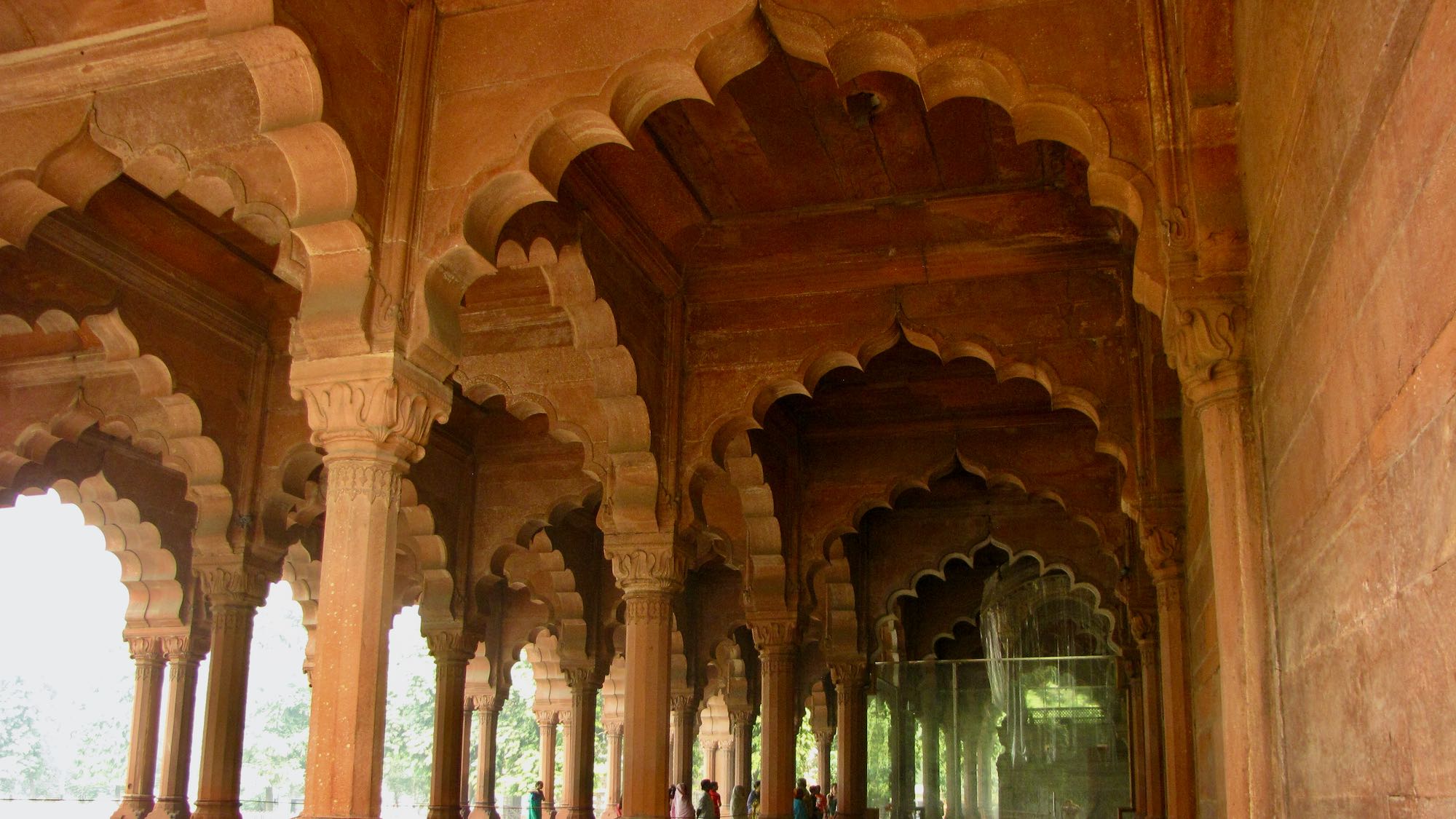


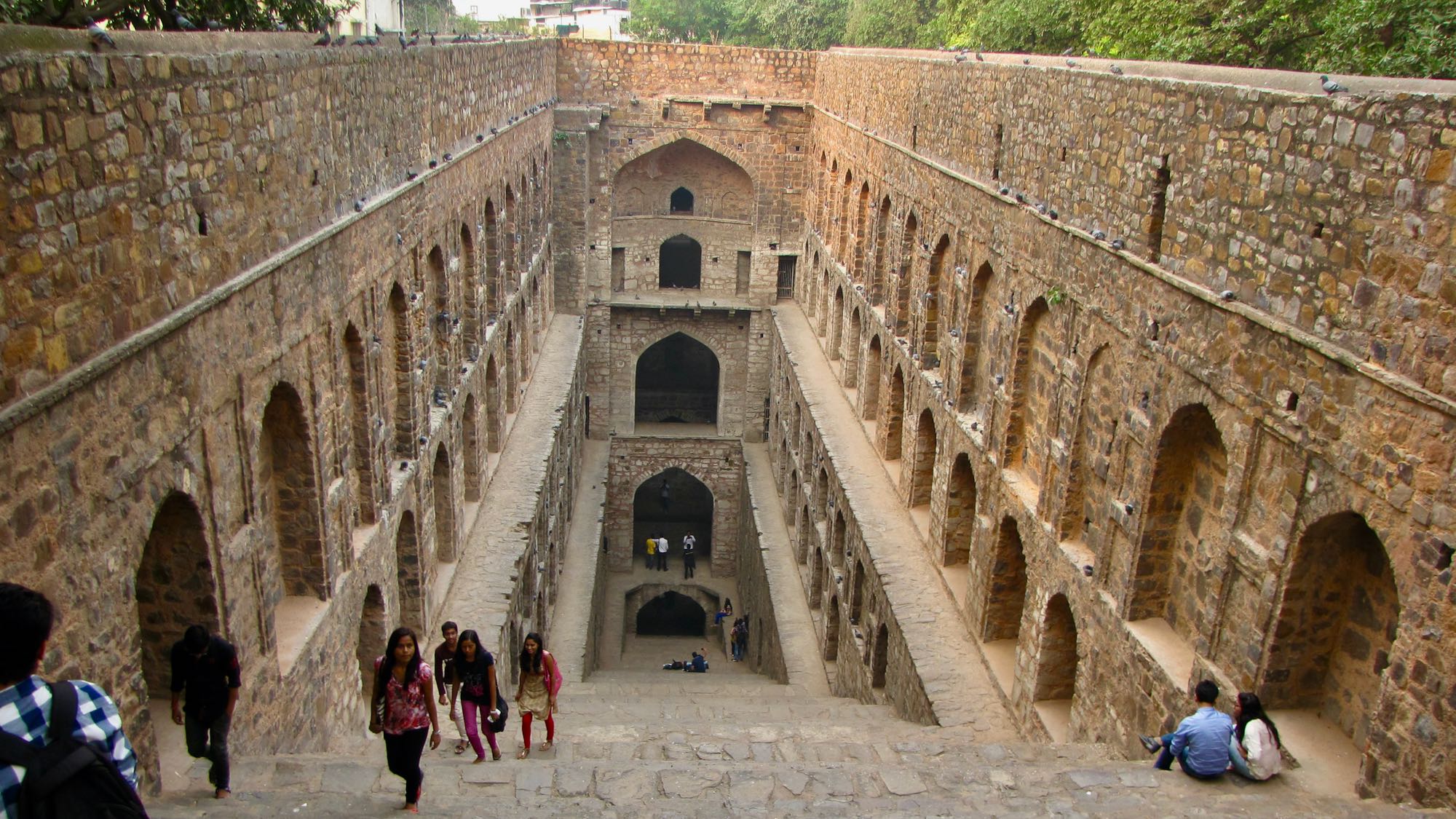
Leave A Comment